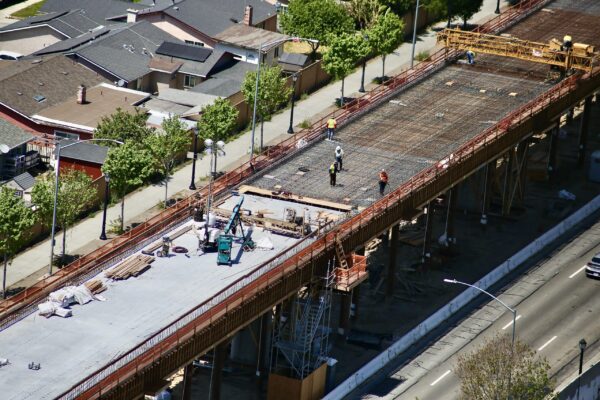
November 16, 2025 | Articles
Making Connections in San Jose: VTA’s Eastridge to BART Regional Connector

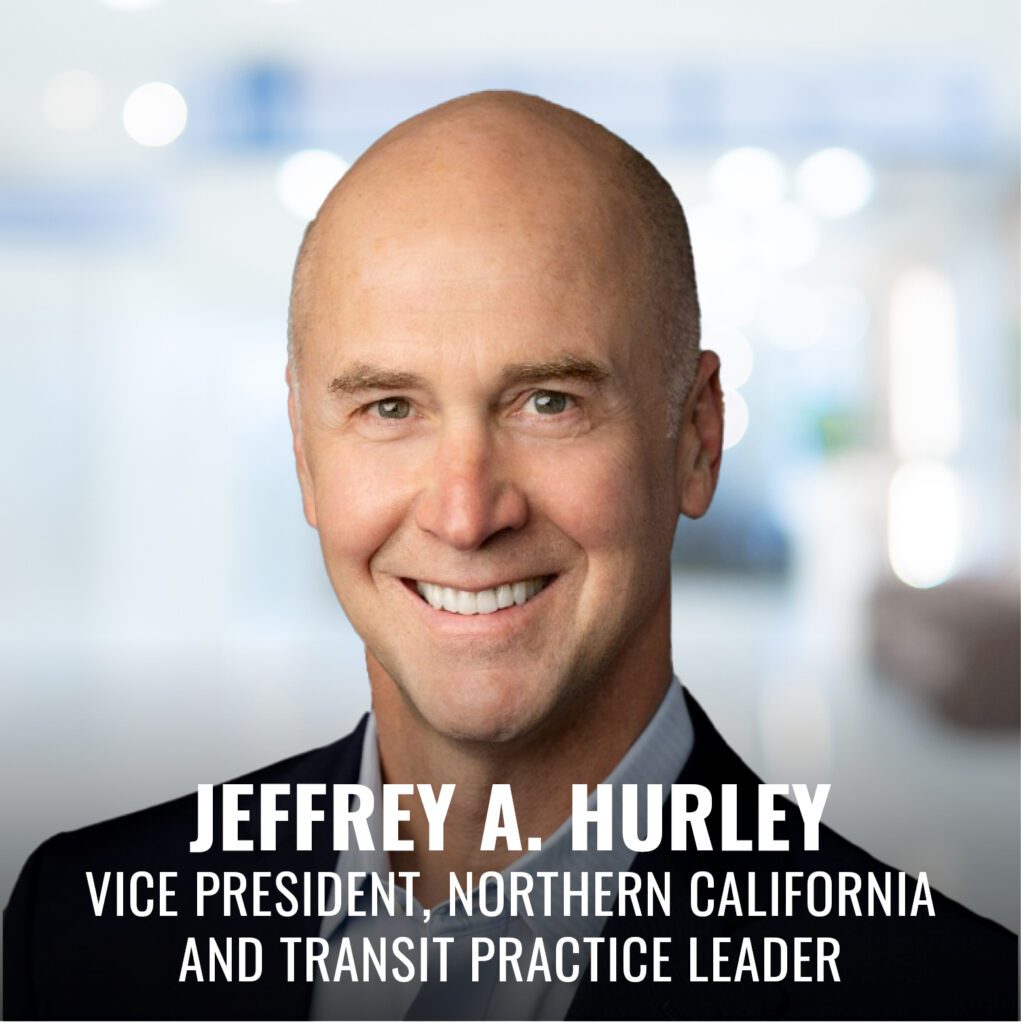
“I chose to come to Hill for several reasons, but the true team environment here is what really convinced me,” says new Vice President, Northern California and Transit Practice Leader Jeffrey A. Hurley. “Over the course of my career, I’ve found that a collaborative culture and openness to inputs are what really matter when it comes to reaching better outcomes.”
Hurley’s career in the California rail market spans more than 30 years and encompasses some of the most high-profile rail programs and projects in the state’s history. This includes serving in various engineering and management leadership roles on programs and projects for the Peninsula Corridor Joint Powers Board (PCJPB), Bay Area Rapid Transit (BART), the Alameda County Transportation Commission (ACTC), the California High-Speed Rail Authority (CAHSRA), and the Santa Clara Valley Transportation Authority (VTA), among others.
“California’s rail market has evolved from when I first came out west decades ago into an environment focused on expansion, integration, and modernization,” he explains. He cites initiatives to improve safety, security, accessibility, speed, frequency, reliability, and sustainability as evidence of the state’s progress in upgrading and expanding its rail network. “Positive train control, electrification, and communication-based train control all moved the market forward over the past several years.”
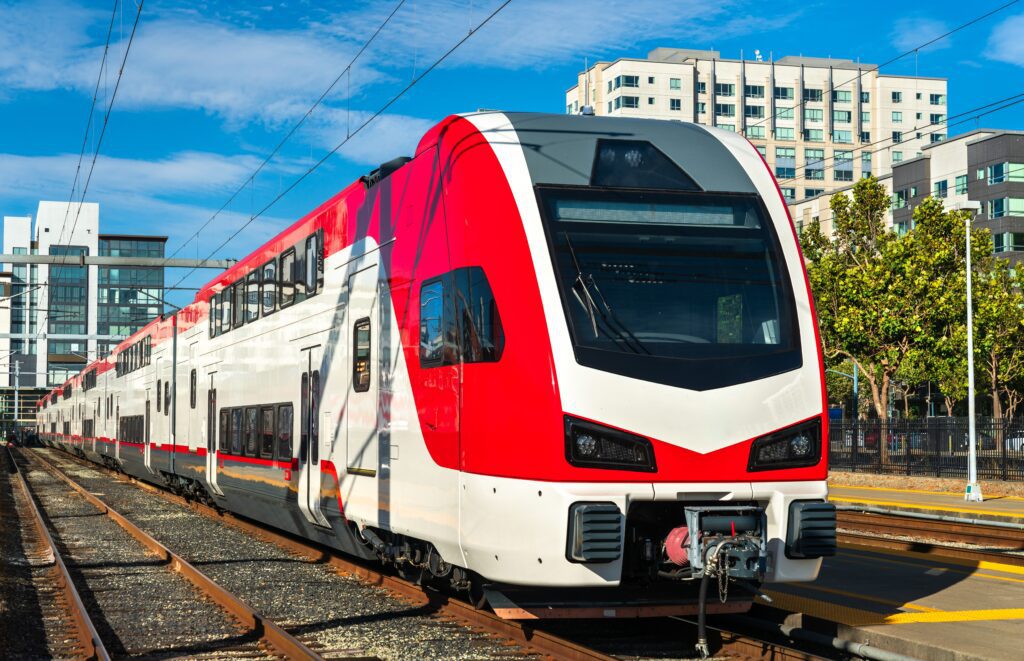
However, Hurley adds that challenges lie ahead. “While the state has made significant progress, particularly with the California High Speed Rail project and the growth of commuter rail, funding, project delivery, and adapting to population shifts remain key considerations.”
Looming knowledge gaps compound these obstacles: “Rail operators have experienced major workforce reductions from the retirement of those who know how to maintain and operate their systems. Bridging the connection between these in-house experts and the next generation is critical to maintain momentum towards California’s vision of an integrated rail system that provides coordinated service.”
To meet those challenges, Hurley says California rail operators are ready to embrace change. “Agencies today are looking at new technologies to enhance safety, efficiency, and the customer experience,” he says, citing examples such as predictive maintenance, automated train operations and robotics for inspections and maintenance, digitizing real-time passenger information, smart ticketing systems, digital twins, electrification, hydrogen- and battery-powered trains, and advanced communication systems.
“Financial constraints, the regulatory environment, and the safety-first focus of rail will dictate how fast California rail operators move to integrate these new tools,” Hurley adds. “But aging infrastructure, increased standardization, and a cultural shift towards smarter technology are speeding up the process.”
He also believes alternate delivery methods can help realize the program and project goals of California’s railroads. “I’ve helped deliver design-build, CM-at-Risk (CMAR), and progressive design-build (PDB) projects, among other delivery methods,” he says. “Each has its advantages and opportunities.”
“The early contractor involvement in PDB can be particularly appealing, allowing for collaborative design development and cost input from the contractor while the owner, if they have the right expertise, can still be closely involved in the design,” Hurley says. “CMAR can help allocate risk to the parties best prepared to handle it, while design-build often makes sense on new alignments and projects with many repetitive design elements.”
Hurley continues. “For our clients, the right alternative delivery method can reduce risk, streamline design and construction, and foster a more collaborative environment leading to better outcomes for everyone involved.”
But to take full advantage of alternate delivery, owners can use the support of a partner like Hill. “For alternative delivery to work, owners can lean on an outside expert to help them find the right flavor for their specific goals and objectives and then to maximize the advantages of the method throughout delivery,” says Hurley. “Hill can help.”
Hurley expands on the value of a PM partner: “Northern California has 27 passenger rail and transit agencies with similar visions to improve mobility for their communities. From my point of view, the PM function is most critical in the planning phase to help those agencies define their projects. We can coordinate with stakeholders, collaborate with designers, identify funding opportunities, and drive the development process to make certain the constructed project meets the vision and expectations of our clients.”
Hurley’s collaborative attitude, perhaps, reflects his love of the Northern California lifestyle.
“I came out here many years ago for a visit, and I knew I had to make this my home,” he says. “For one thing, the surfing and snowboarding is always good compared to the East Coast. For another, people here understand the value of building sustainable, meaningful infrastructure that transforms communities and improves everyone’s quality of life.”
He concludes, “Helping to deliver these projects is my passion, and I’m looking forward to continuing this work with Hill.”
J.P. Villamizar, Hill Senior Vice President, said of Hurley’s arrival: “Northern California has many exciting rail projects coming online in the years ahead, and we want to help make these opportunities happen. Bringing Jeff on board benefits our rail practice and our entire company in numerous ways, and we’re lucky to have him aboard.”
Share

November 16, 2025 | Articles
Making Connections in San Jose: VTA’s Eastridge to BART Regional Connector

November 12, 2025 | Articles

November 3, 2025 | Articles
Hill International to Support High-Efficiency Gas Cogeneration Projects in Bucharest

October 12, 2025 | Articles
An Interview With Pakistan Country Manager Syeda Fakhar-un-Nisa
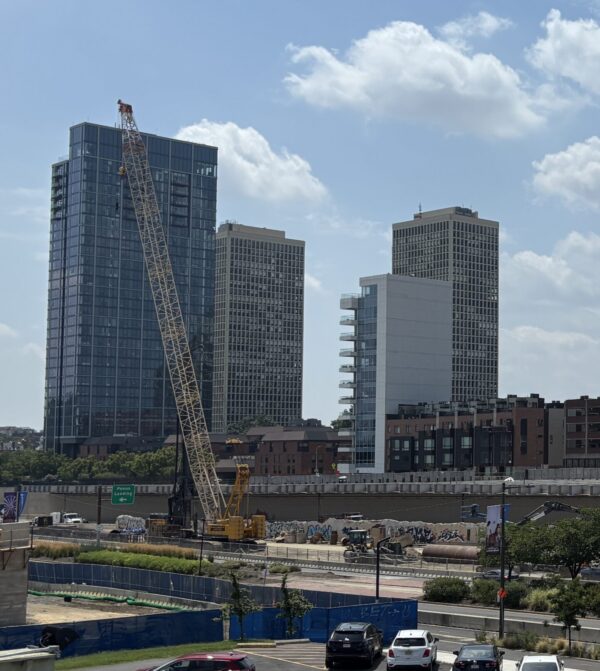
October 5, 2025 | Articles
More Than a Park: The Latest Updates on PennDOT’s I-95 CAP Project in Philadelphia

September 28, 2025 | Articles
New Business Development Director Julie Petrich’s Relationship-First Approach

August 27, 2025 | Articles
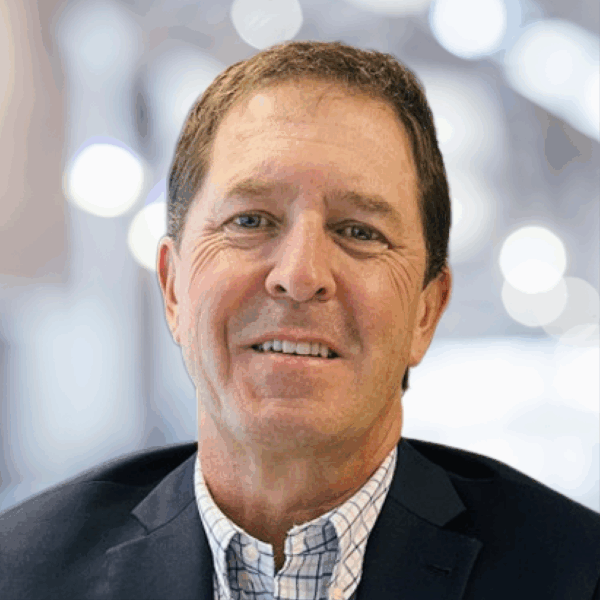
August 12, 2025 | Articles
Hill Welcomes Ben Schwenk as Senior Vice President in the Kingdom of Saudi Arabia

July 27, 2025 | Articles
The Infrastructure Puzzle: Robert Regalado’s Wholistic Business Development Approach